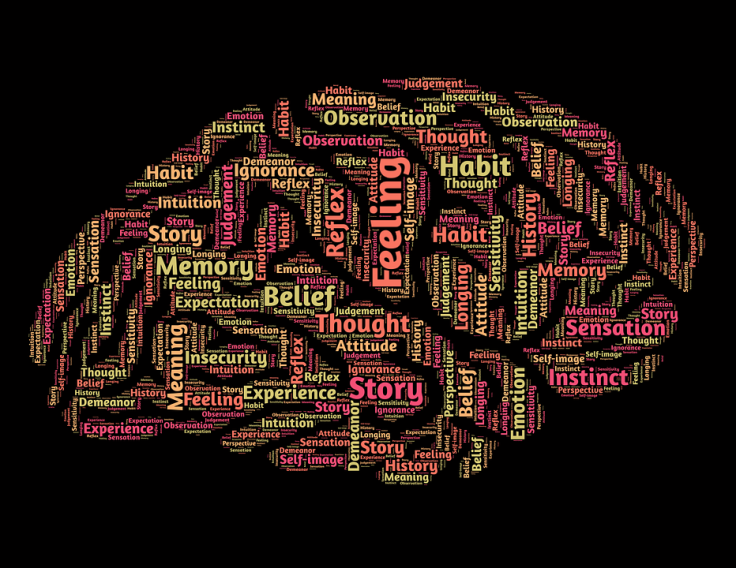Researchers Discover Unique Patterns That Can Help Doctors Identify Budding Schizoprenia in Mental Health Patients
By
Disconnection from reality best characterizes psychosis as a mental disorder. Generally marked by hallucinations, thought disorder, and delusions, patients who have been diagnosed with schizoprenia usually have their first symptoms in their late teens and early twenties.
Most patients who have been diagnosed with a mental health disorder do not only suffer from the disorder itself. They have to deal with discrimination and social stigma attached to people who seek help for their mental health concerns. Apart from regular therapy sessions, however, there is very little else could help these patients live normal, peaceful lives.
Early intervention has been linked to more positive outcomes on treatent of any mental condition. A recent study done by researchers at Yale University found that the brain shows early warning signs of budding problems in the mental condition of a patient. They identified a pattern that is common to all patients who later developed schizophrenia.
The results of the study were published in the Nature Communications Journal. The study was led by its senior author, Tyrone Cannon, a psychology and psychiatry professor.
According to this study, the brains of those diagnosed with psychosis show a pattern of neurological movements. The pattern shows only in a specific part of the brain. The identification of these pattern of activities confined in one portion of the brain could help doctors determine whether the patient who is showing mental health issues will progress into having schizophrenia or not.
The researchers focused on the MRI results of patients who have been identified as being at high risk of developing psychosis. The team identified a notable increase in the functional connectivity in the cerebellum-thalamocortical circuitry in the brain. It is an extensive network of neurons that takes care of a number of significant brain functions.
People who, later, were diagnosed with psychosis had a higher degree of functional connectivity in this particular part of the brain. In addition, the researchers also found that patients who have already been diagnosed with schizophrenia have the same kind of hyperconnectivity pattern. It is present among schizophrenia patients but not in patients with other psychiatric disorders.
The team explains that this hyperconnectivity may be causing the errors in the basic integrative patterns of the brain. It causes the other brain functions to miss out on a convergence like it is supposed to.
The pattern has also been identified in the study as the means of the brain to compensate for the errors in the process. This translates to disorganized thoughts, which basically is the hallmark for psychosis.
The researchers are hopeful that the findings they have presented would help doctors provide a better treatment plan for the patients. More importantly, they hope that the results of the study would help set up early intervention programs that would help keep schizoprenia from developing.
Therapies available these days are designed to help the patient deal with their disorderly thoughts. With the new findings, researchers believe that doctors can prevent patients from developing schizophrenia or any other mental health condition.
Getting the right help can change the lives of these patients. But if doctors can prevent it, then more people would be able to live normal lives.
© 2025 University Herald, All rights reserved. Do not reproduce without permission.








